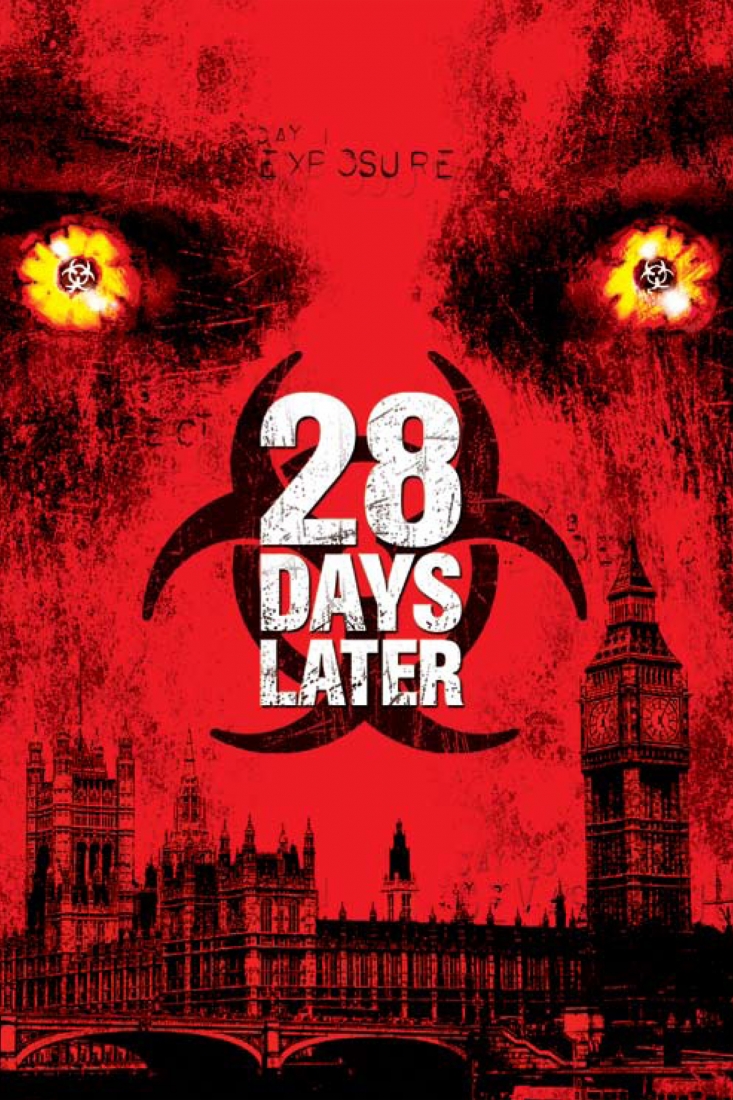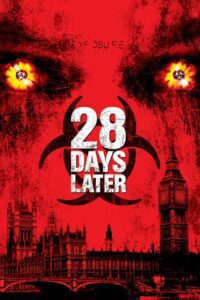I have a so-so relationship with zombie movies. I like Shaun of the Dead, but am confounded when people like things like the Dawn of the Dead remake and the ubiquitous Night of the Living Dead. I mean how hard is it to write one of these things? Some catastrophe, usually manmade, causes everyone to crave brains or otherwise want to commit mindless violence upon every living creature that comes their way. The only trick seems to be inventing new and special ways to kill the zombies, and in what setting to place them (underground lab, shopping mall, desert island, etc.)
And, yes, I know there are tons of dudes out there who love nothing more than films about that undead (and in some cases nothing but movies about the undead). Quite simply, I don’t get the draw. Of course, I don’t really like horror movies in general, and zombie movies seem to remove even the psychological side of the horror killer that is sometimes intriguing. This movie seems not a whole lot different on the surface, as some monkeys infected with what is only referred to as “Rage” infect a group of animal activists in London, who then infect the rest of the city and so on.
Monkey pox. Not a wholly original idea, I suppose. What was kind of fun, though, was the way we’re brought into the situation. No, not Cillian Murphy and his full frontal nudity. I’m talking about Cillian Murphy’s character waking up from a coma in a deserted hospital in London, having no idea that the whole city had been evacuated as bloodthirsty zombies roam the streets trying to bludgeon everybody in their path. His realizations are ours, as he staggers around in his hospital garb looking at flyers about missing persons and hearing the echoes of London’s emptiness. And then the crazies come out of the woodwork. Luckily he is saved by a couple of non-zombie survivors and brought to a safe-ish location. Then the realization that all his loved ones are most likely dead hits him like a ton of bricks. And, unlike a lot of heroes, he shows emotion and is devastated by his situation. In a truly disturbing scene, one of the two rescuers is bitten by a zombie, which gives him about fifteen seconds before he too becomes infected and start “raging.” The other rescuer sees her partner bitten, and mercilessly hacks him to pieces with her axe as he begs for his life in the fifteen seconds before his transformation. Brutal. The rest of the film finds Cillian Murphy and this rescuer (who happens to be a woman, wink, wink), along with a surrogate little girl that they pick up, trying to escape the wandering hoards of insanely demented, red-eyed freaks. And, in another twist, their worst enemies turn out not to be the zombies themselves, but other survivors of the virus. So there’s your different approach, I suppose.
And, as it turns out, the makers of the film don’t even need to figure out some fancy way to kill the undead–they just become a sort of afterthought. A pretty fascinating way to do it, indeed. So it’s a study on human kind, ultimately, and not a look at horrible madness. Danny Boyle does a great job conveying the fury of it all, and just does an amazing job, as usual, at showing the grittiness of it all. It is funny how Cillian Murphy in his emaciated state did look an awful lot like Ewan McGregor in Boyle’s awesome film, Trainspotting. There is kind of a cheesy Hollywood ending to this thing, but in its cheesiness, it’s also kind of endearing and sort of ironic.



